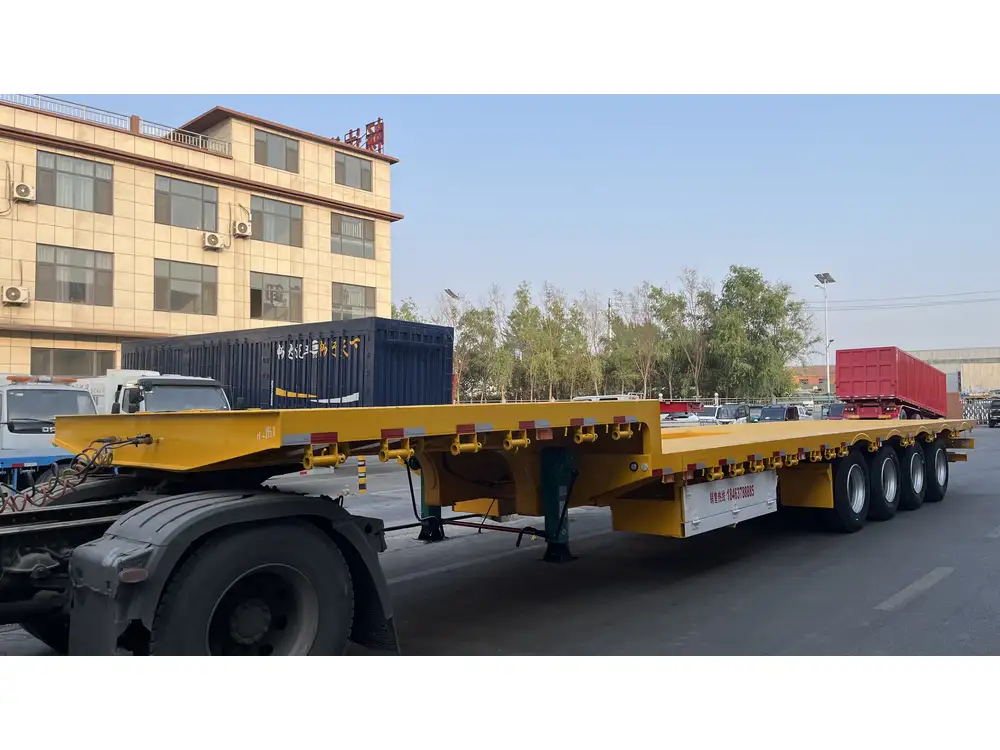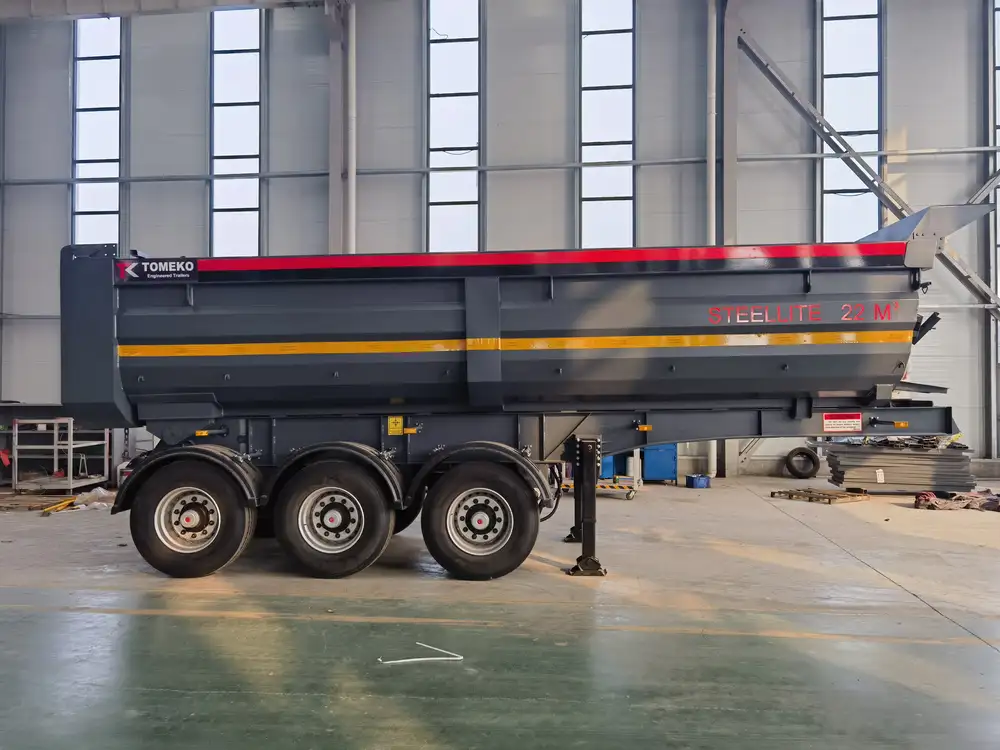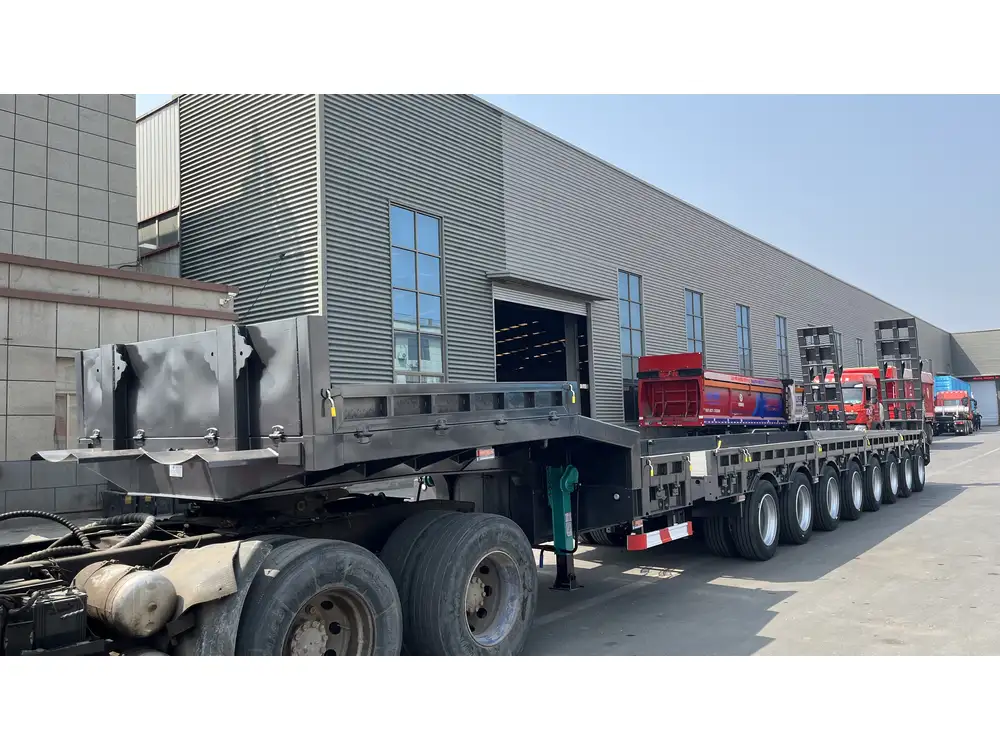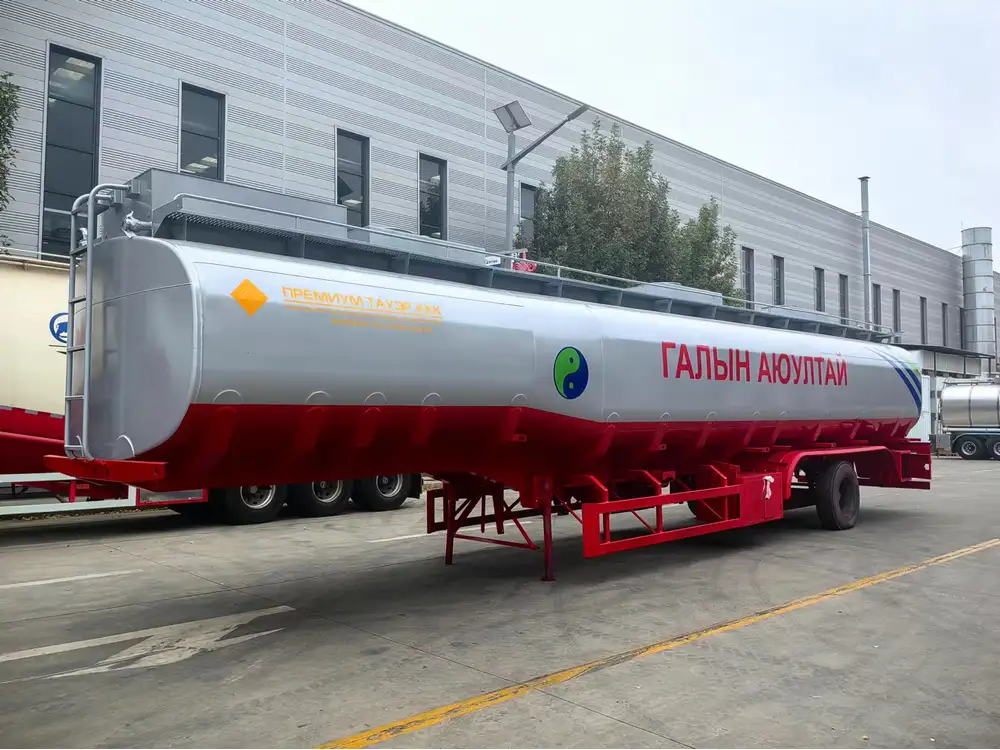When it comes to transporting dirt and other bulk materials, one of the most pertinent questions often asked by contractors, landscapers, or agriculture professionals is, “How many cubic yards of dirt can a semi-trailer hold?” Understanding the capacity of a semi-trailer is essential for efficient logistics and effective project management. After all, underestimating or overestimating capacity can lead to costly delays and additional transport trips.
In this article, we will delve into the specifics of semi-trailer capacities, the factors influencing these capacities, and practical calculations to help you optimize your loading processes.
The Standard Dimensions of a Semi-Trailer
| Trailer Type | Typical Length | Width | Height | Volume (cu ft) | Volume (cu yd) |
|---|---|---|---|---|---|
| Flatbed | 48-53 feet | 8.5 feet | Varies | Up to 4,000 | Up to 148.15 |
| Closed Van (Dry Cargo) | 48-53 feet | 8.5 feet | 13.6 feet | Up to 3,100 | Up to 115.48 |
| Dump Trailer | 14- 24 feet | 8 feet | 4-6 feet | Up to 1,000 | Up to 37.04 |
| Liquid Tanker | 30-48 feet | 8 feet | 9-11 feet | Up to 8,000 | Up to 296.3 |
Typical Trailer Dimensions and Capacities
A standard semi-trailer commonly found on roads across the United States typically measures either 48 or 53 feet in length and stands approximately 8.5 feet wide. The height can vary based on the type of cargo being carried. Flatbed trailers provide maximum accessibility, while enclosed trailers provide protection for the materials.

Formal Capacity Estimates
Dump Trailers: Often the most crucial for transporting loose materials such as dirt, the capacity of a typical dump trailer can range between 10 to 30 cubic yards, depending on its dimensions.
Flatbeds & Enclosed Trailers: While not traditionally designed for bulk materials like dirt, flatbeds can carry similar loads under certain conditions.
It is essential to note that while liquid tankers have substantial volumes, they are ill-suited for transporting solid materials.
Calculation of Cubic Yards
To accurately understand the cubic yardage a semi-trailer can carry, it’s important to apply the correct formula.
What is a Cubic Yard?
A cubic yard is a volume measurement, which equals 27 cubic feet. The formula to calculate cubic yards is as follows:
[ \text{Cubic Yards} = \frac{\text{Length (ft)} \times \text{Width (ft)} \times \text{Height (ft)}}{27} ]
Example Calculation
For example, if you have a dump trailer that measures 12 feet in length, 7 feet in width, and 4 feet in height, the cubic yard capacity can be calculated as follows:
[ \text{Cubic Yards} = \frac{12 \times 7 \times 4}{27} \approx \frac{336}{27} \approx 12.44 ]Thus, this trailer can hold approximately 12.44 cubic yards of dirt.
Analyzing Load Types and Impacts on Delivery
Understanding how many cubic yards of dirt can fit in a semi-trailer is vital for several reasons:
Weight Considerations
Transporting dirt also involves critical weight considerations. The weight of soil can vary substantially depending on moisture content and soil type. The average weight of dry dirt is about 1,400 to 1,800 pounds per cubic yard. Consequently, the total weight carried must not exceed:
- 54,000 pounds total weight limit for single-axle trucks.
- 80,000 pounds for vehicles with multiple axles.

Practical Examples
To illustrate:
- If the trailer carries sandy soil: At around 1,600 pounds per cubic yard, a 12 cubic yard load would total about 19,200 pounds, well within limits.
- If using clayey soil: At about 2,000 pounds per cubic yard, the same volume would yield 24,000 pounds. This can be a significant factor in planning as it may lead to overloading.
Consideration of Material Types
| Material Type | Average Weight (lbs/yrd³) | Volume (cu yds) | Total Weight (lbs) |
|---|---|---|---|
| Sandy Soil | 1,600 | 12 | 19,200 |
| Clay Soil | 2,000 | 12 | 24,000 |
| Gravel | 2,200 | 12 | 26,400 |
| Topsoil | 1,800 | 12 | 21,600 |
Seasonal and Climatic Factors
Soil weight can be influenced by climatic changes causing moisture absorption. Wet conditions increase the soil’s weight substantially, which is crucial during flood seasons or heavy rainfall periods. Understanding moisture levels can aid in accurate volume weights which, in turn, helps in optimizing the loads.

Load Capacity Management
Understanding how to manage your load effectively ensures not just the integrity of materials transported, but also compliance with traffic regulations.
Safety Protocols
- Check Weight Capacity: Always ensure the total weight is beneath the legal weight limits to avoid fines or possible accidents.
- Loading Practices: Distributing weight evenly across the trailer ensures stability during transport.
- Height Regulations: Make sure that the height of the loaded trailer does not exceed standard limits, which can cause visibility issues and increase the risk of tipping.
Technology Impact
In today’s climate, technology can significantly enhance load management. GPS and load weight sensors can help monitor loads in real-time to keep track of total weight and volume during projects.

Conclusion: Strategies for Effective Loading
Understanding the nuances of loading semi-trailers with dirt isn’t merely about measurement. It’s an interconnected web of factors combining volume, weight, safety, and regulations.
Key Takeaways
- Calculating Capacity: Always use the formula to determine cubic yards based on the trailer’s dimensions.
- Know Your Soil: Recognize the type of soil being transported to prevent overloading.
- Leverage Technology: Utilizing modern tools can enhance efficiency in logistics and transport.
By following this comprehensive guide, you’ll be better equipped to optimize your loading strategies, ensure compliance, and enhance overall operational efficiency. Track key performance metrics, continuously assess load capacities, and adapt your strategies based on practical insights. By doing so, you solidify your role not just as a competent transporter but as a proactive leader in the logistics sphere.



